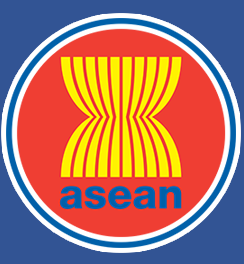ASEAN Journal on Science and Technology for Development
Abstract
Cancer is one of the leading causes of death globally, with lung cancer being among the most prevalent. Boron Neutron Capture Therapy (BNCT) is a cancer therapy method that uses the interaction between thermal neutrons and boron-10 which produces a decaying boron-11 particle and emits alpha, lithium 7 and gamma particles. A study was carried out to model an in vivo experiment of rat organisms that have lung cancer. Dimensions of a rat’s body were used in Konijnenberg research. Modeling lung cancer type, non-small cell lung cancer, was used in Monte Carlo N Particle-X. Lung cancer was modeled with a spherical geometry consisting of 3 dimensions: PTV, GTV, and CTV. In this case, the neutron source was from the radial piercing beam port of Kartini Reactor, Yogyakarta. The variation of boron concentration was 20, 25, 30, 35, 40, and 40 µg/g cancer. The output of the MCNP calculation was neutron scattering dose, gamma-ray dose and neutron flux from the reactor. A neutron flux was used to calculate the alpha proton and gamma-ray dose from the interaction of tissue material and thermal neutrons. The total dose was calculated from a four-dose component in BNCT. The results showed that the dose rate will increase when the boron concentration is higher, whereas irradiating time will decrease.
Publication Date
12-24-2018
Recommended Citation
Atika, Maysaroh; Kusminarto, Kusminarto; Satya, Palupi Dwi; and Yohannes, Sardjono
(2018)
"Dosimetry of In Vivo Experiment for Lung Cancer Based on Boron Neutron Capture Therapy on Radial Piercing Beam Port Kartini Nuclear Reactor by MCNPX Simulation Method,"
ASEAN Journal on Science and Technology for Development: Vol. 35:
No.
3, Article 8.
DOI: https://doi.org/10.29037/ajstd.540
Available at:
https://ajstd.ubd.edu.bn/journal/vol35/iss3/8

